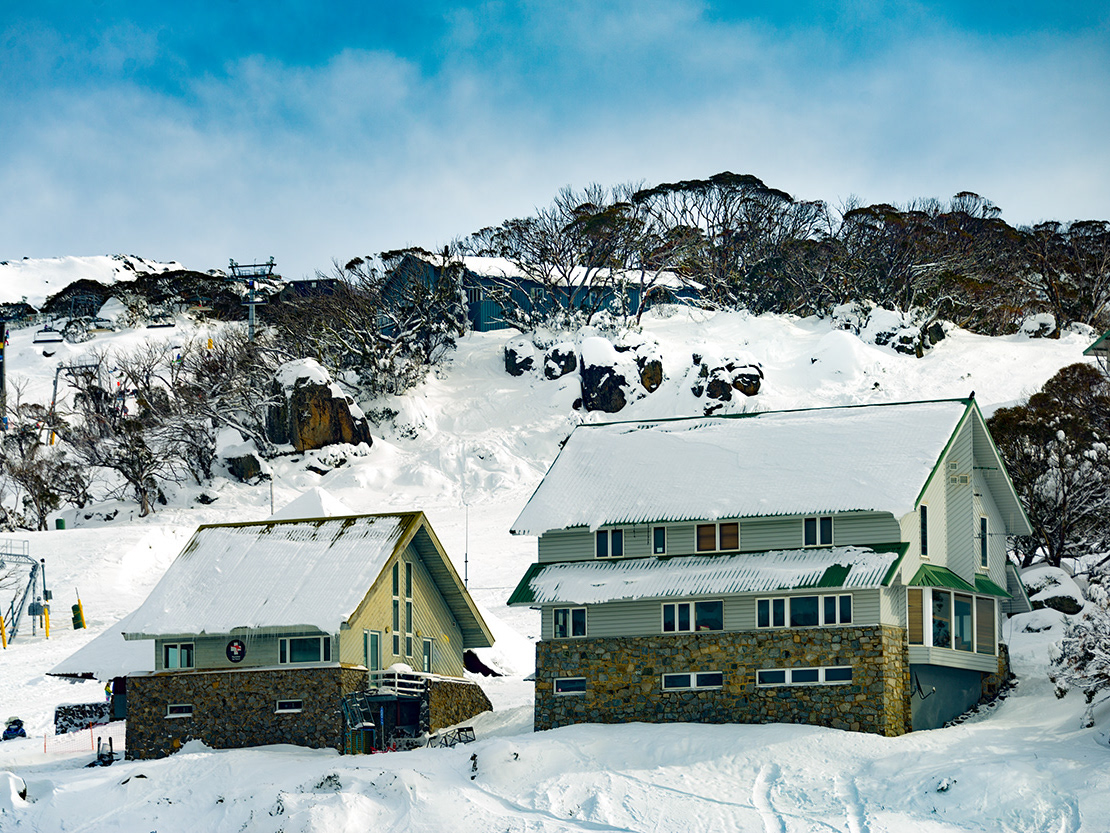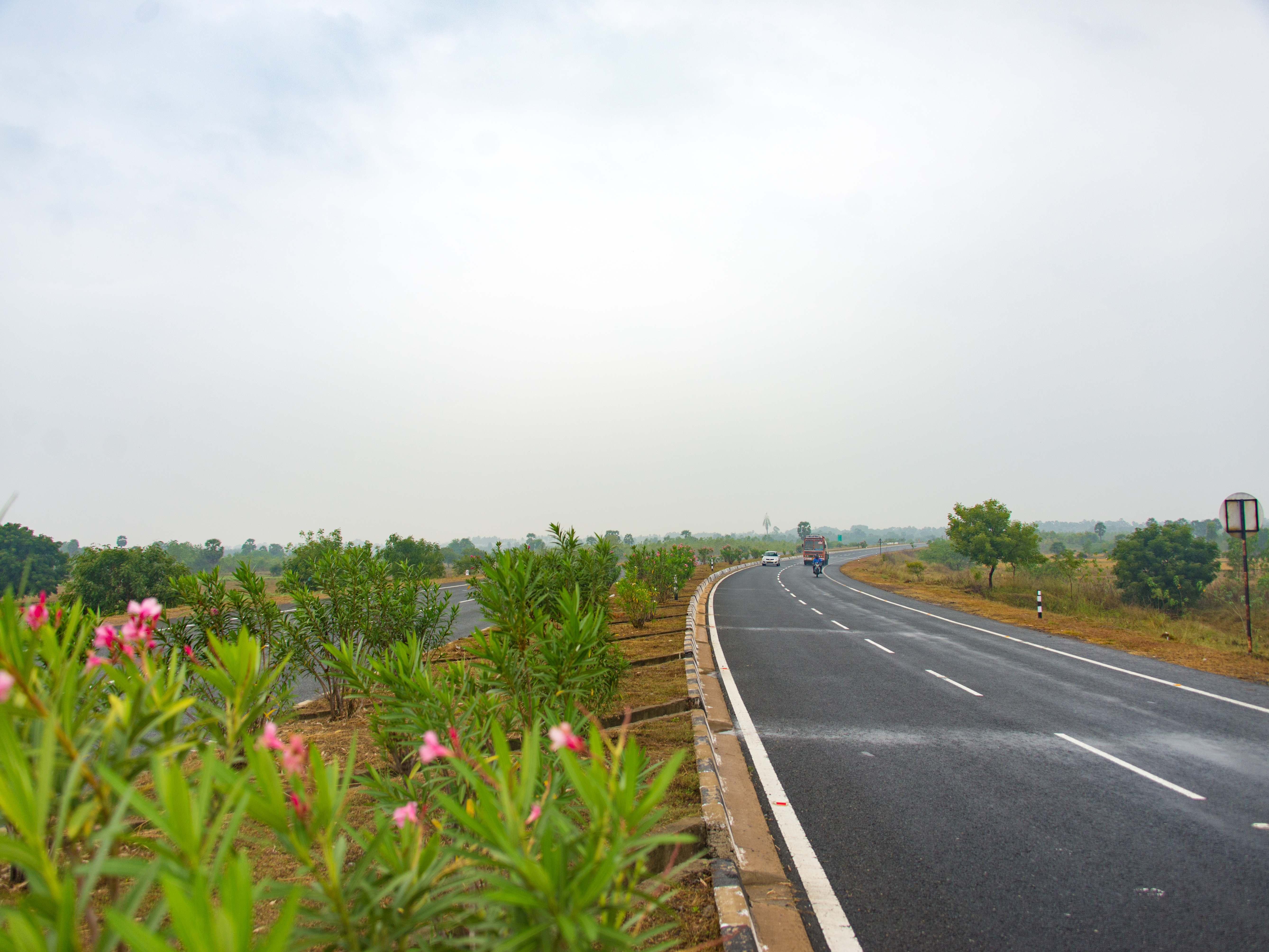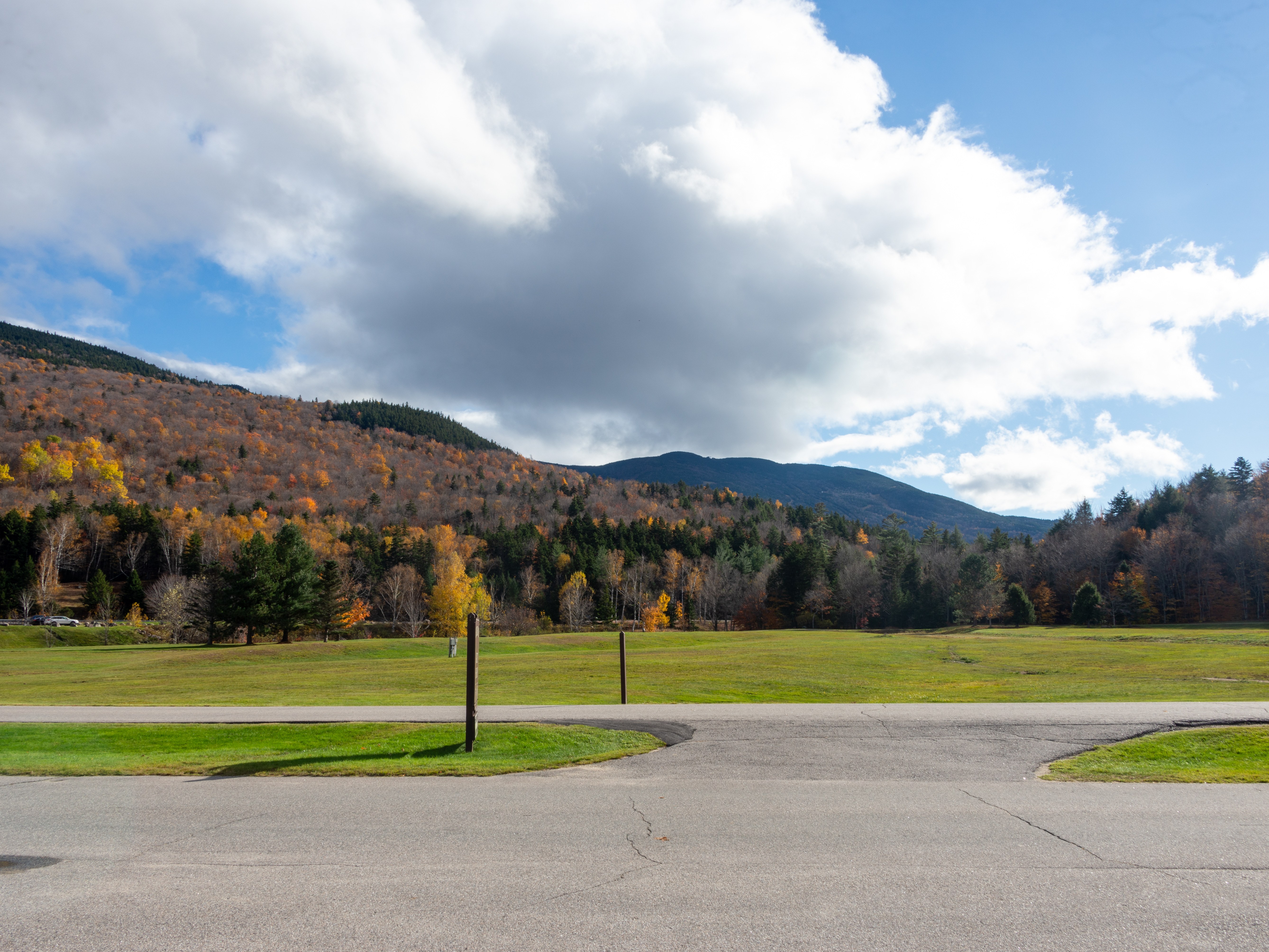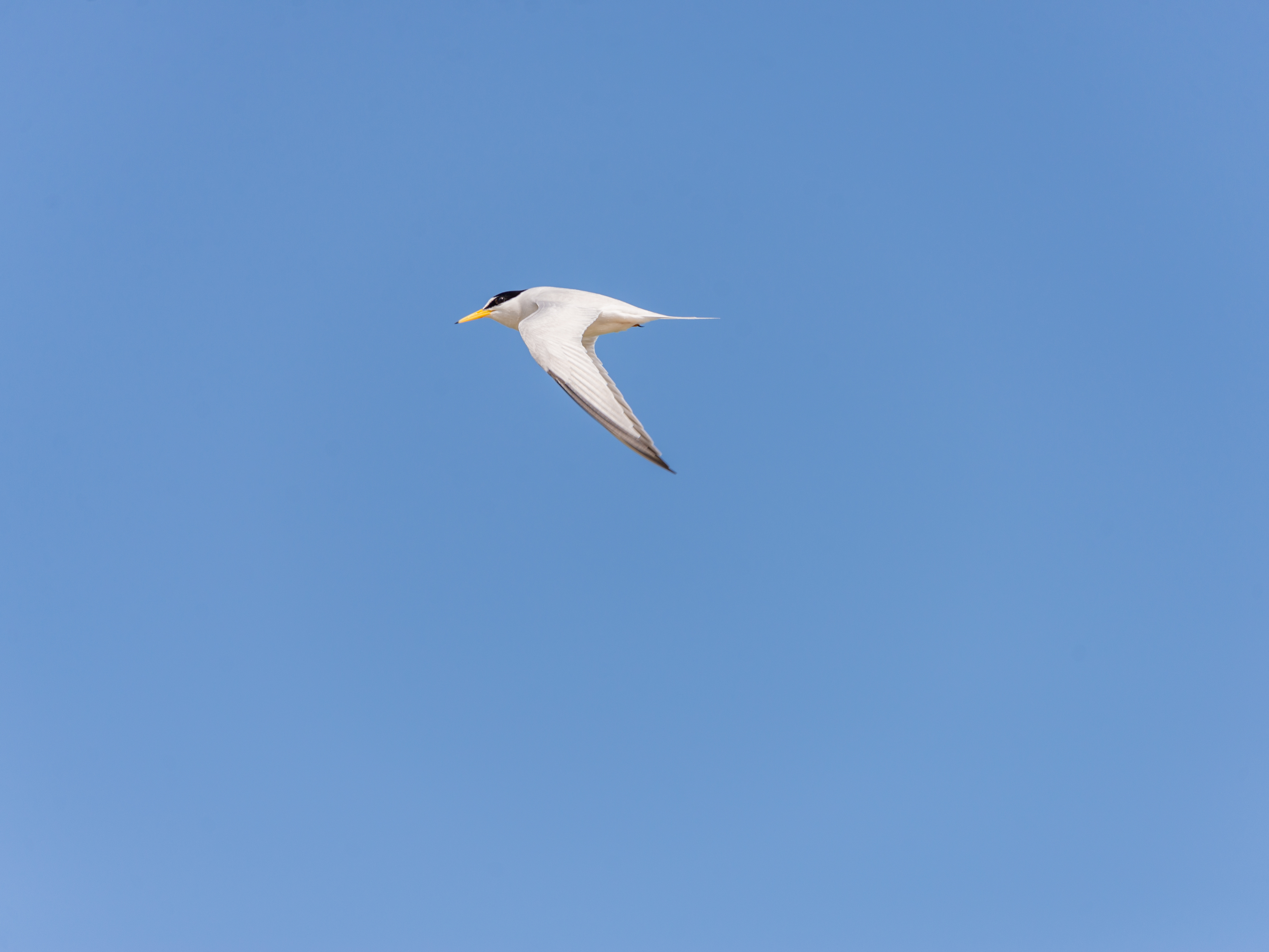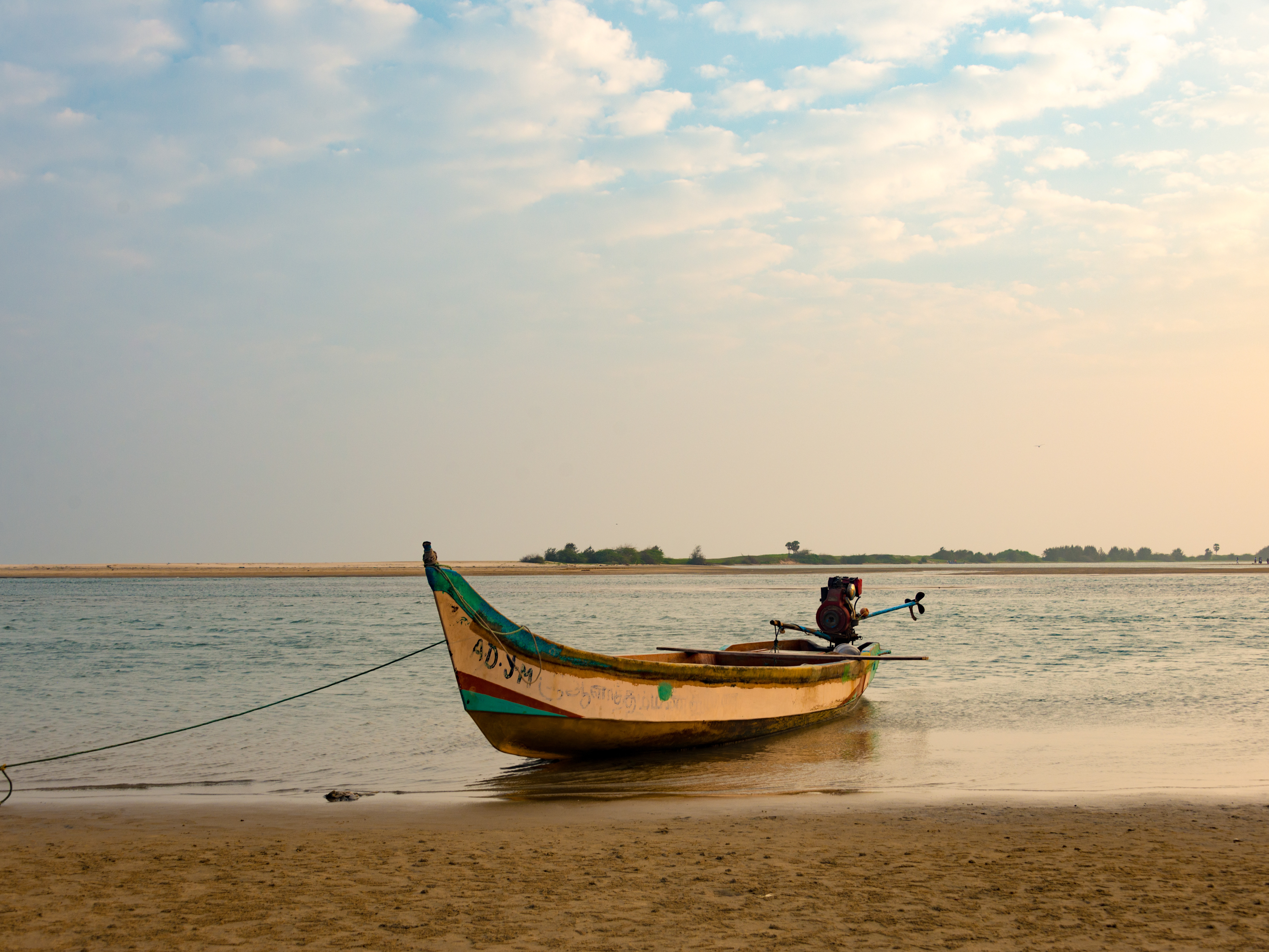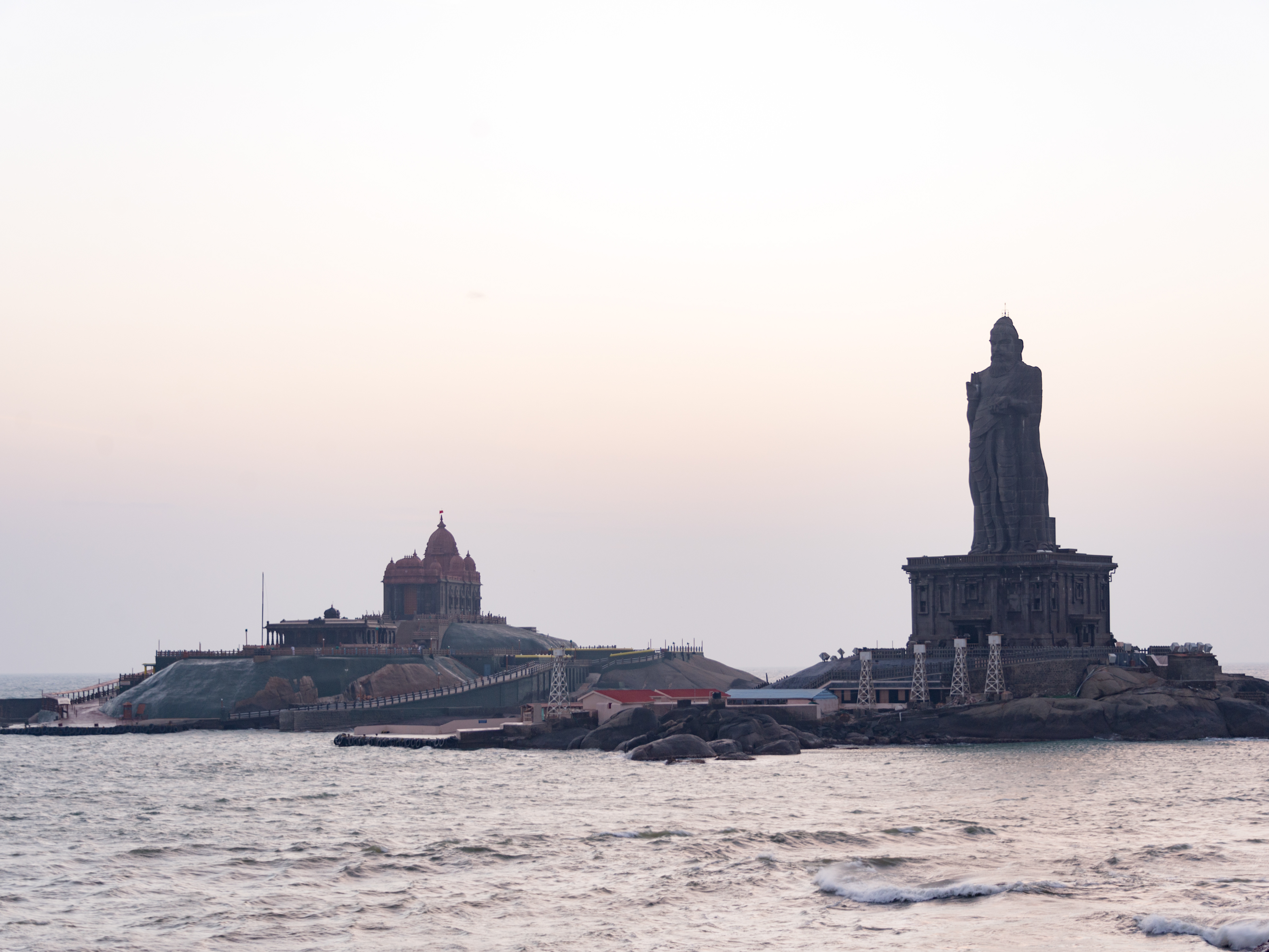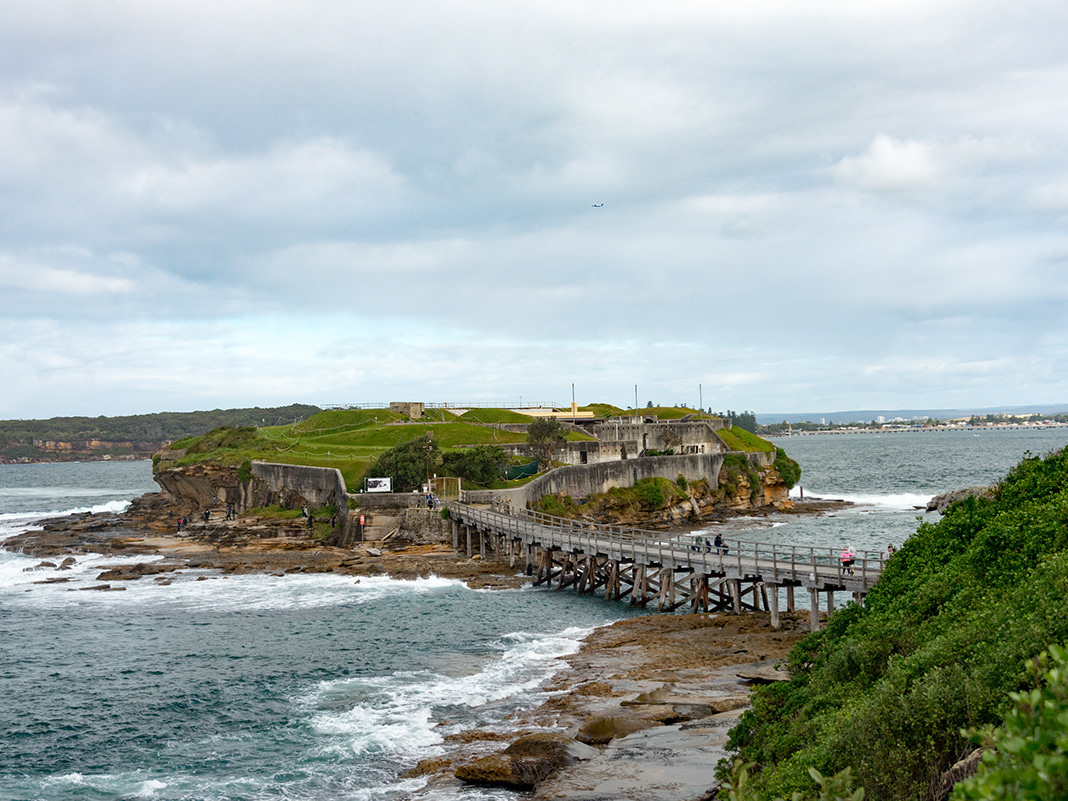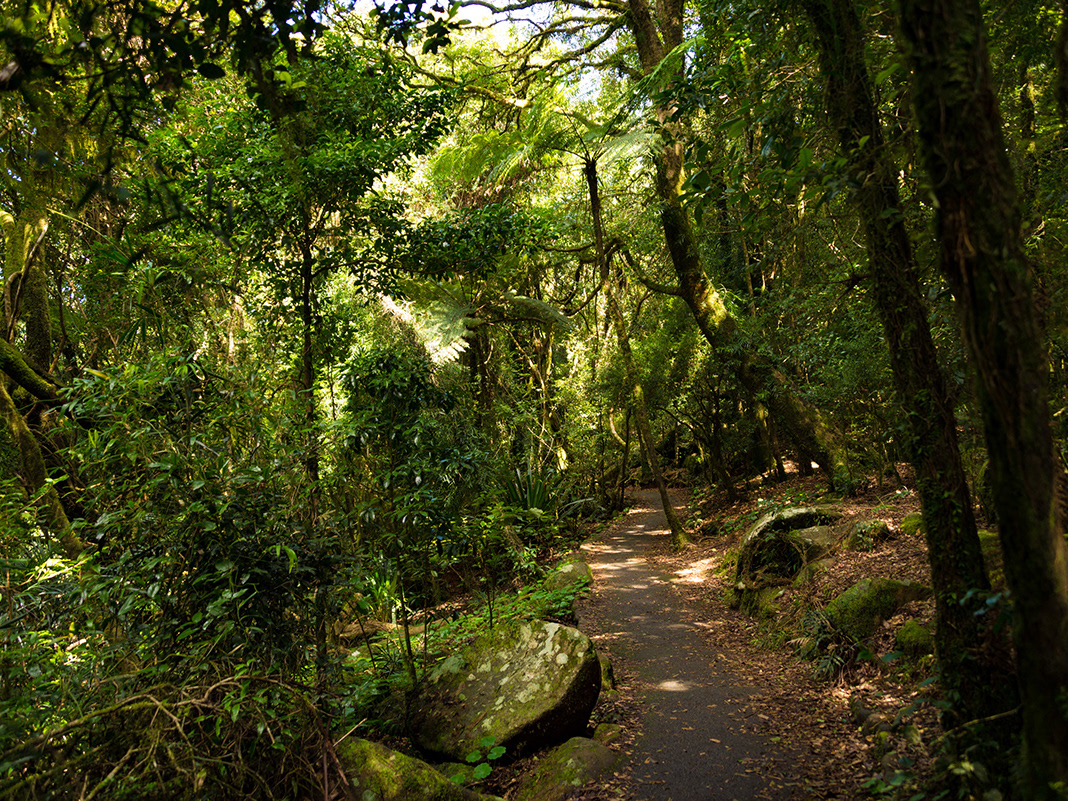Uluru is a single, large sandstone monolith. This rock stands alone with just the bushes covering the land.
Uluru is also notable for it's changing colours during different times of the day and year. Based on the sun light the colours vary from red, brown, purple etc.
It's a sight to watch it at dawn and dusk, as the rock shines red during those times.
There are special viewing platforms built to enable the visitors to comfortably position themselves and immerse in the views the nature has to offer best.
Uluru stands approx. 350m high but the lesser known fact is that this rock formation is just the tip of a huge vertical slab of rock that runs 3 miles deep into the earth. [Data Source: uluru-australia.com]
It hardly rains in these region with an average of 20 days per year.
The next landmark near Uluru is Kata Tjuta and is 45 kms away.
Kata Tjuta, also known as Mount Olga or The Olgas is another rock formation located near Uluru. Unlike Uluru Kata Tjuta (meaning many heads) is a group of rock formations and from a distance it looks like a group of people bowing with their heads down.
